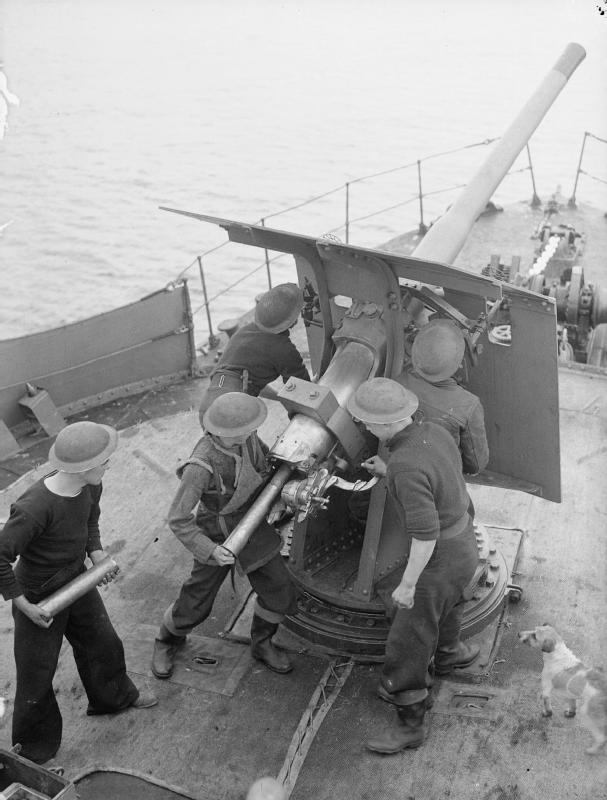|
The Mark I was a fairly complicated design of A tube, B tube, jacket and C hoop shrunk over the B tube/jacket join. The Mark II was a First World War gun with a combined B tube and jacket while the Mark V was produced during the Second World War and had a monobloc barrel. Some 4,737 Mark I and IIs were built along with an additional 3,494 Mark Vs. Canada also built over 1,000 of these weapons, which were referred to as the "Ogden 3-inch" as they were manufactured at the Canadian Pacific Railway's Ogden shops in Calgary. The Japanese guns were originally purchased directly from Elswick and Vickers but later ones were license-built copies. These guns were similar to or virtually identical to the British Mark I. Used as anti-torpedo boat guns on larger warships. Redesignated as 41st Year Type on 25 December 1908. Redesignated in centimeters on 5 October 1917. Although finally classified as 8 cm, the bore remained 3.0" (7.62 cm). Early Italian guns were purchased from Elswick. Nearly all of the later ones were built by Ansaldo under license to a design provided by Armstrong during World War I or to a modified design for anti-aircraft mountings. After World War I, these guns were used afloat mainly on older warships and auxiliaries. About 730 guns were used for the anti-aircraft defense of Italy during World War II. The data that follows is for the British version except where noted. |

3"/40 13cwt gun on Trawler during World
War II
|
| .
|